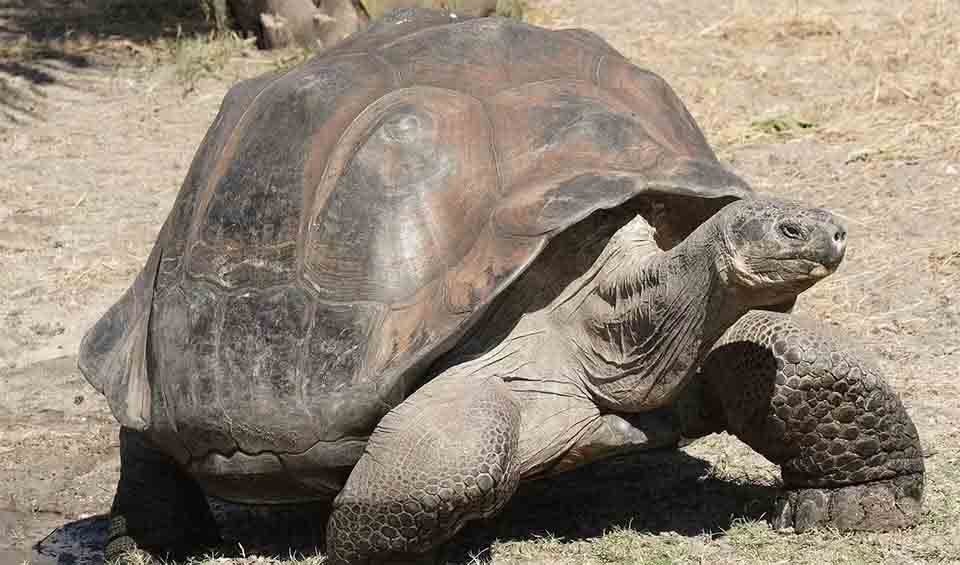A species complex endemic to the Galapagos Islands. This group comprises numerous subspecies that vary in size, shape, and habitat preference, highlighting the diverse evolutionary adaptations on the different islands. Some taxonomists classify them as one species with 14 subspecies, while others advocate for them being recognized as 14 distinct species. Tragically, two of these are already extinct, underscoring the fragility of their existence.
The tortoises are distributed across various islands in the archipelago, often occupying large, lush islands where food sources are plentiful. The domed tortoises, with their characteristic rounded shells, are primarily found on the more humid islands where vegetation is abundant throughout the year. This shell shape allows them to graze on low-lying vegetation.
In contrast, the saddle-backed tortoises have a distinctly curved shell that rises at the front, resembling a saddle. This shell morphology adapts to the arid islands they inhabit, where sparse vegetation requires them to stretch their necks upward to reach higher foliage, such as cactus pads, their primary source of nutrition and hydration.
Historically, these tortoises played a critical role in the ecosystem of the Galapagos, acting as “ecosystem engineers.” They are important seed dispersers and help maintain their habitats’ health through their grazing activities. However, the arrival of humans brought about significant challenges for the tortoises. They were hunted for their meat and oil, and their habitats were degraded by introduced species such as goats, which competed for food and trampled on nesting sites.
Distribution
 Ecuador
Ecuador Official estimate
Official estimate
Did you know?
- A Galápagos tortoise can go without eating or drinking for up to a year because it can store food and water in its body.
Anything we've missed?
Help us improve this page by suggesting edits. Glory never dies!
Suggest an editGet to know me
Terrestrial / Aquatic
Altricial / Precocial
Polygamous / Monogamous
Dimorphic (size) / Monomorphic
Active: Diurnal / Nocturnal
Social behavior: Solitary / Pack / Herd
Diet: Carnivore / Herbivore / Omnivore / Piscivorous / Insectivore
Migratory: Yes / No
Domesticated: Yes / No
Dangerous: Yes / No
Galapagos tortoise on banknotes






